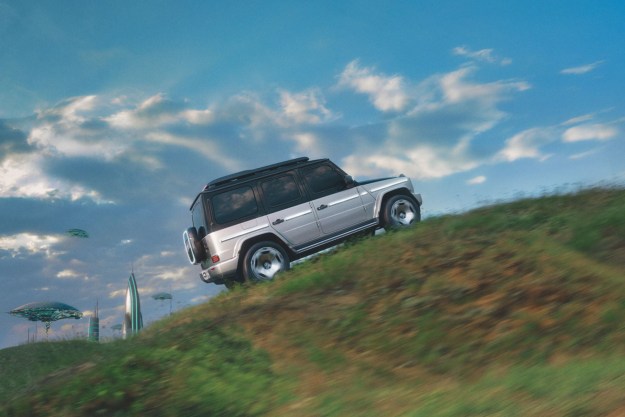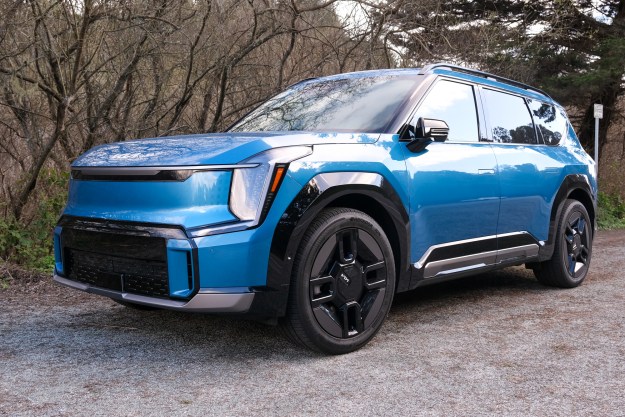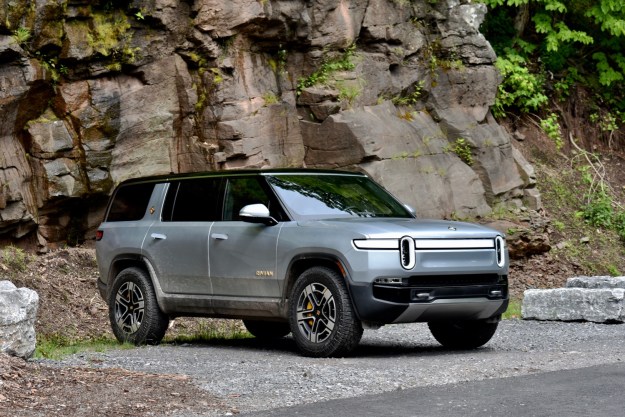The legendary muscle cars of the 1960s and early ’70s made their reputations not only with prodigious power and timeless styling, but also with prowess on the track. So it’s only fitting that Dodge’s rolling tribute to that era, the Challenger, continues to seek glory in racing.
The Dodge Challenger Drag Pak is a race-prepped version of Dodge’s two-door muscle car built specifically for drag racing. Almost a year after the first prototype was shown, it’s ready for the quarter mile.
Aspiring drag racers will be able to choose from two Hemi V8 engines. Dodge lists the displacements for both engines in cubic inches rather than liters, to pay tribute to its classic racing Hemi V8s from the golden age of muscle cars.
The 354-cubic-inch supercharged V8 features the same displacement as the first production HEMI, while the naturally aspirated 426-ci version recalls the now-classic motor used in numerous Chrysler Corporation race and road cars in the ’60s.
Both engines are backed by a racing-tuned automatic transmission, and the Drag Pak includes numerous chassis upgrades such as beefed-up suspension and brakes, 15-inch lightweight wheels, and Hoosier drag radials. The rear tires are a monstrous 30 inches wide.
Besides those massive tires, the Drag Pak is distinguished from a stock Challenger by its bulging hood. Models equipped with the 354 engine get a hood scoop that resembles the one on the road-going SRT Hellcat, while 426 cars get a bigger scoop that looks like it could swallow a light aircraft.
On the inside, the Challenger Drag Pak gets a Mopar gauge pack lightweight driver and front passenger racing seats (no backseat passengers allowed) with five-point harnesses, a safety net, full roll cage, and a fire extinguisher.
The Drag Pak is designed to compete in National Hot Rod Association (NHRA)-sanctioned drag races in the Sportsman category. It’s not a street legal model, and you’ll likely need some form of NHRA certification to actually race it.
You’ll also need deep pockets. Pricing for the 426-ci version of the Challenger Drag Pak starts at $99,426, while the supercharged 354-ci model starts at $109,354. The latter is almost twice the price of a 707-horsepower Hellcat street car.


